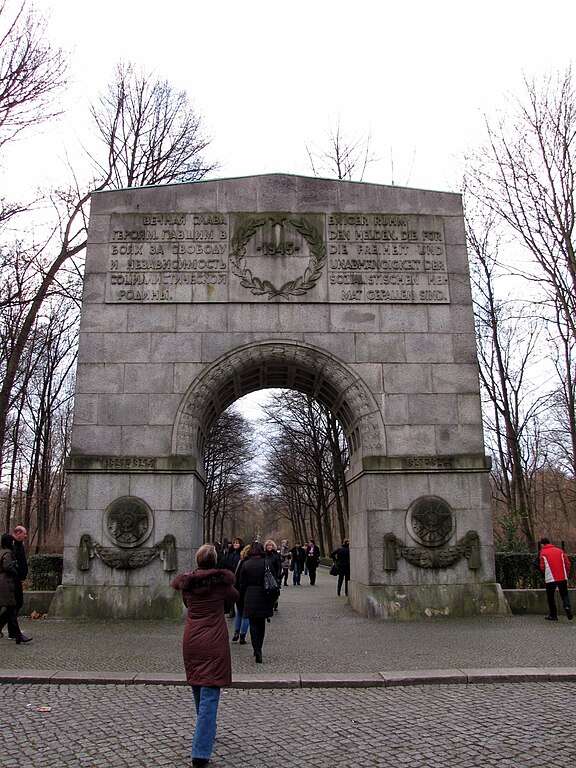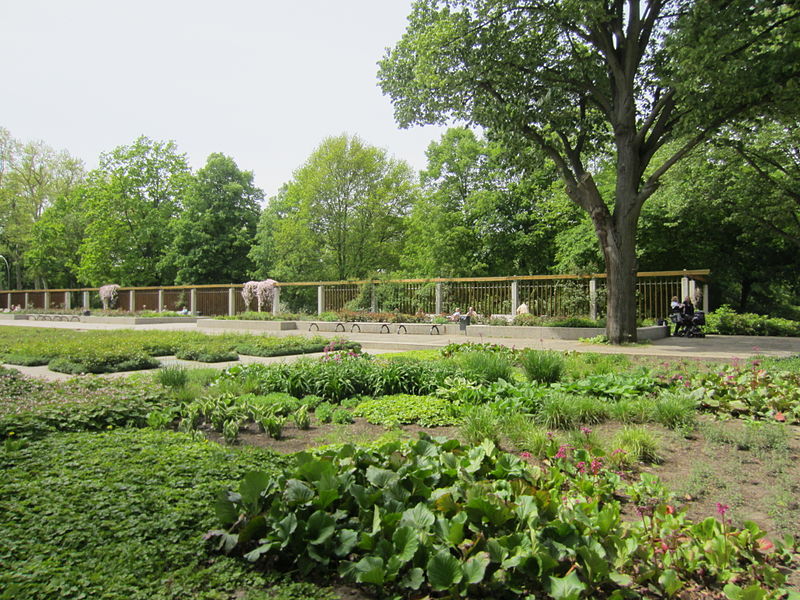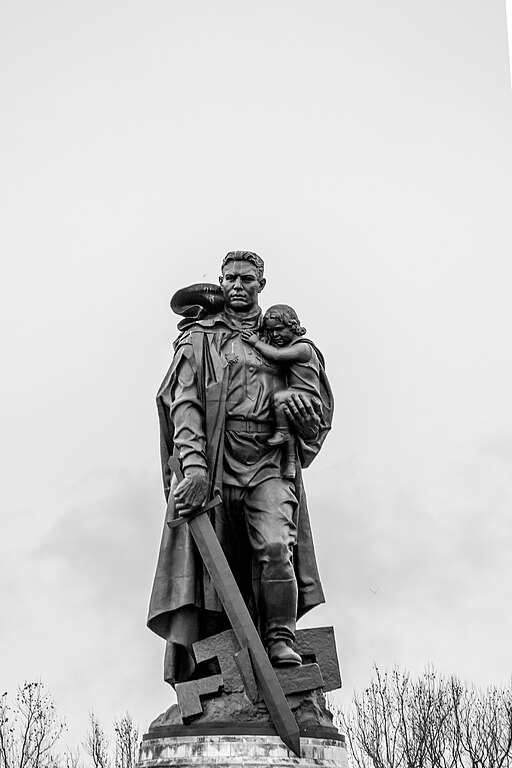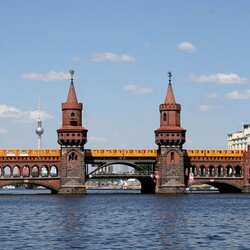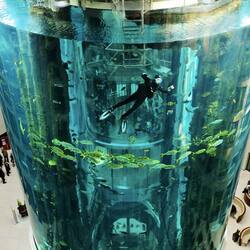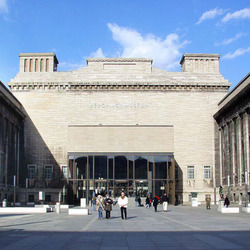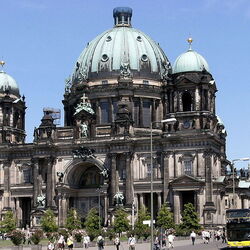Treptow Park
Treptow Park is located in the eastern part of Berlin, surrounded by the waters of the River Spree. The park area can be divided into two parts: a recreation area and a territory dedicated to the historical memory. There is a monument dedicated to the liberation of Berlin from the Nazis and the final surrender of Hitler.
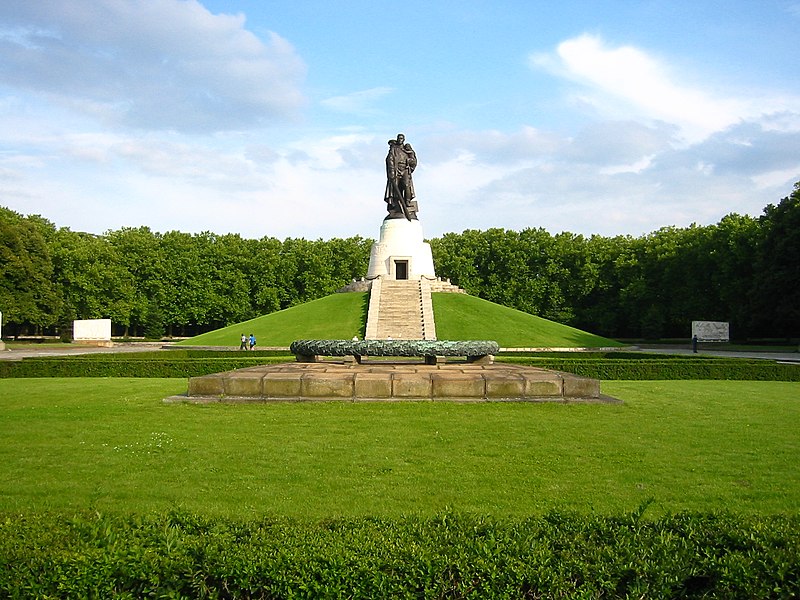
The history of Treptower Park
Treptov Park was founded in 1876-1888 as a public space for active recreation and sports. The townspeople had at their disposal: a spacious meadow in the form of a hippodrome for games, alleys for festivities, an artificial pond with carp. The construction, landscaping, and beautification of the park cost 1.2 million marks. The main designer and ideological inspirer of the object was Johann Heinrich Gustav Mayer, whose bust adorns the park grove today. He served as director of the Berlin City Gardens. The openness and accessibility of Treptower Park to all residents of the city, regardless of class, was a democratic innovation of that time.
Monument to the Warrior Liberator in Treptov Park
Outside the USSR, this is the largest burial of Red Army soldiers who died in World War II. There are 7,200 people buried, more than half of them are unknown. The monument to the "Soldier-Liberator" is a recognizable symbol of victory over Nazism in the world. The memorial ensemble was designed in Soviet architectural aesthetics. It was opened to the public on May 8, 1949.

According to the logic of the architects, the visitor passes through the sculptural symbols of sorrow and loss to the majestic figure of the victorious warrior. Two triumphal arches located at different entrances to the park are decorated with festoons and medallions with battle dates, inscriptions in Russian and German, and Soviet symbols. Both arches open alleys leading to the sad monument "Motherland".
Next, a wide alley runs between two parts of a symmetrical composition of kneeling soldiers under bowed banners. And the main monument opens to the eye - the "Warrior Liberator". The sculpture is a thirteen-meter figure of a Red Army soldier. He steps on the rest of the trampled swastika with his boot. In one hand he holds the girl he saved, a symbol of the future world. In the other, a lowered sword is a symbol of the end of the war.
The central sculpture stands on a cylindrical pedestal. Inside the pedestal there is a memorial hall, where a folio with the names of the fallen in the battle for Berlin is kept.
There are five symbolic tombstones in the stalls of the complex. Actual burial in their place was not possible, due to the proximity of groundwater. Therefore, the actual mass graves are located in another part of the park, on a hill.
On both sides of the main monument and the tombstones are stone information plates with bas-reliefs depicting scenes of Soviet life during the war. The words of gratitude and gratitude are carved on the end of the plates. Stalin to the Soviet people for their hard work and defense of the Motherland.
Interesting objects in the recreation area
- The observatory was founded in 1896 by the German astronomer Friedrich Archengold. The oldest observatory in Germany. Here Einstein gave his first lecture on the theory of relativity.
- A pier for tourist pleasure boats.
- A rose garden with 25,000 rose bushes.
- Sunflower garden.
- The bridge to the Youth Island, where various events take place.
